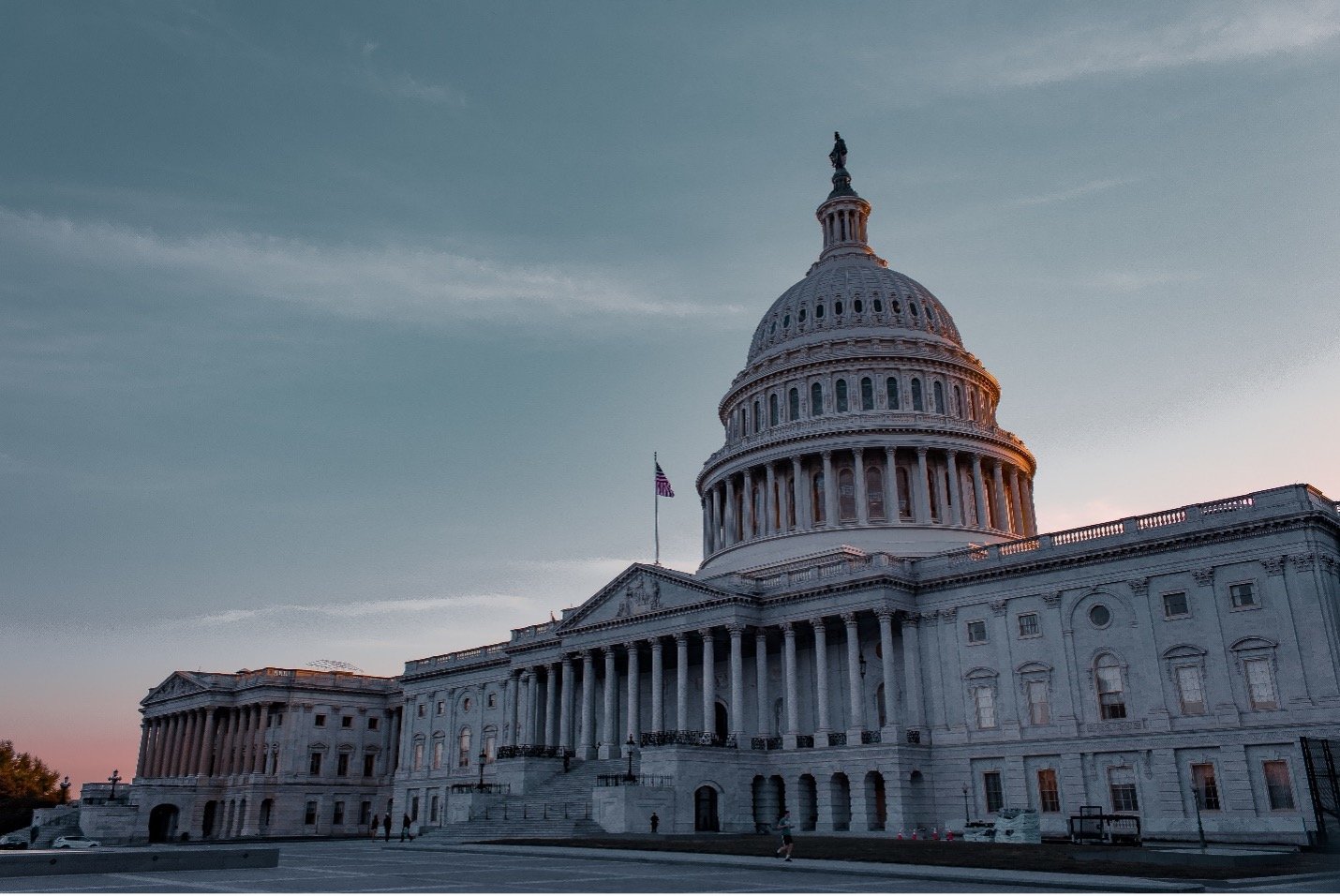SBA Final Rule on Ownership and Controls for the 8(a) Program – Stay Compliant

Key Details: On April 27, 2023, the Small Business Administration (SBA) published a final rule titled “Ownership and Control and Contractual Assistance Requirements for the 8(a) Business Development Program” (the “Rule”). The Rule was effective on May 30, 2023, and brings about several changes to small business solicitations and programs. This Rule applies to all solicitations issued on or after May 30, 2023. As such businesses are encouraged to thoroughly review the final rule as it brings about a wide range of changes that may impact future business planning and growth activities.
Ryan & Wetmore is committed to aiding small businesses on their journey to success. For further information and expertise, contact us today.
Background on the Rule
In September 2022, the SBA published a proposed rule with changes primarily impacting the 8(a) Program. This proposed rule also included potential updates to the SBA’s size standard regulations and general changes to other small business contracting programs. Additionally, this Rule provided new penalties for noncompliance with limitations on subcontracting rules and joint venture (JV) rules and size requirements.
8(a) Program Key Changes
Under current regulations, the SBA considered (among other criteria) the comparison of the 8(a) business against a non-8(a) business concern in the same or similar line of business when determining if an 8(a) small business concern may graduate from the 8(a) Program. The final Rule eliminates this comparison in the determination of whether an 8(a) business has met the goals and objectives necessary to initiate graduation or early graduation proceedings to remain consistent with the statutory authority for the 8(a) program. Additionally, the final Rule provides that the SBA may initiate an early graduation and termination in circumstances where there is evidence that a participant has ceased operations.
Currently, 8(a) Program participants must develop a comprehensive business plan and submit this plan to the SBA within 60 days of Program admission. Furthermore, if a participant does not submit their business plan within the 60 day timeline, the SBA will suspend the benefits received from the 8(a) Program. The final Rule clarifies that 8(a) Program participants are not eligible to receive 8(a) Program benefits before their comprehensive business plan is approved by the SBA.
The SBA also made revisions relating to the award of 8(a) contracts. The SBA detailed that COs cannot implement further restrictions on set-aside 8(a) contracts by adding additional requirements for program credentials such as WOSB (Woman Owned Small Business) or HUBZone certifications. Additionally, agencies may now issue sole source orders to 8(a) participants on unrestricted multiple award schedules.
Penalties for Noncompliance with Limitations on Subcontracting Rules
The final Rule places increased penalties for noncompliance for government contractors. As such, it is essential to understand the subcontracting requirements set forth in your contracts. Under 13 CFR 125.6, limitations are placed on how much work a small business set aside contract can be subcontracted out. In general, the percentage of work that is allowed to be subcontracted depends on the type of subcontract. Most supply and service contracts require the small business prime to perform 50% of the work, while general construction contracts require small business primes to perform 25% of the work. Businesses are encouraged to review their contracts for specifications.
Currently, there are limited consequences for noncompliance. The final Rule provides COs with an option to decline to give a satisfactory (or higher) past performance rating to prime contractors who have not met their applicable limitation on subcontracting requirement. However, prime contractors who can demonstrate extenuating or mitigating circumstances may be exempt. The SBA’s final Rule provides a non-exhaustive list of extenuating or mitigating circumstances such as labor shortages, force majeure events, and emergency or rapid response requirements.
Joint Venture Affiliation Changes
The final Rule makes several changes to JV affiliation and size standards that will impact solicitations moving forward. Clarification was provided by the SBA through an amendment of the regulation to align with SBA’s current policies.
Two Year Rule
Currently, a JV may not be awarded contracts beyond a two-year period - with the start date being the date of the JV’s first contract award - without the partners being deemed affiliated.
The final Rule updates the language to align with the SBA’s current policy. Now, orders can be issued to JVs under previously awarded contracts even beyond the two-year period.
Populated vs. Unpopulated
Currently, a JV may not be populated with individuals who are intended to perform on contracts awarded to the JV if the specific JV exists as a separate legal entity.
The final Rule notes that this is only applicable to set aside or reserved contracts for small businesses. As such, a JV can be populated with individuals intended to perform on set aside or reserved small business contract if it can demonstrate that the parties in the JV are similarly situated entities (e.g., both partners of the JV are certified HUBZone small business concerns).
Ostensible Subcontractor Rule
An ostensible subcontractor is a subcontractor that is not a similarly situated entity (as described above) which is defined in 13 C.F.R. § 125.1 and performs the primary and vital requirements of a contract. As such, an ostensible subcontractor is one in which a prime contractor is unusually reliant.
Currently, a contractor and its ostensible subcontractor are treated as a JV for size determination purposes. The final Rule updates this and clarifies how the ostensible subcontractor rule applies to general construction contracts. Additionally, the Rule adds two risk factors for COs to consider when determining whether a subcontractor is an ostensible subcontractor.
In relation to general construction contracts, the SBA noted that the prime contractor’s role in a general construction project is to manage and superintend the schedule of work. Therefore, the ostensible subcontractor rule is only applicable to the management of a project, not the construction work performed.
Two risk factors are added through the final rule for COs to consider when determining whether a subcontractor should be considered an ostensible subcontractor. These two risk factors come from an SBA Office of Hearings and Appeals (OHA) and are as follows:
- “The prime contractor’s proposed management previously served with the subcontractor on the incumbent contract.”
- “The prime contractor lacks relevant experience and must rely upon its more experienced subcontractor to win the contract.”
As such, the SBA’s final rule adds the reliance on incumbent management and the reliance on subcontractor’s experience as risk factors.
Conclusion and Next Steps
The SBA’s final Rule presents several clarifications to both the limitations on subcontracting rule as well as JV affiliations and size determinations. As this final Rule applies to solicitations issued on or after May 30, 2023, small business contractors are encouraged to thoroughly review the final rule and perform the following steps to remain compliant:
- Get together with your executive team to review the implications of this final rule.
- Review your contracts and subcontracts and determine what percentage of work is allowed to be subcontracted out.
- Conduct an internal analysis on your subcontractors and calculate the percentage of work currently subcontracted out.
- Review your JV with your partners to determine if size standards are met.
- Review the definition of an ostensible subcontractor and of a similarly situated entity.
- Create a contract matrix with relevant clauses that will be impacted by this final Rule.
- Review the eligibility criteria to becoming an 8(a) participant. Read our article here on program thresholds and requirements.
- Develop a comprehensive business plan with various members of your team.
- Ensure your comprehensive business plan is provided to the SBA if you are a new 8(a) Program participant.
For additional information and expertise related to small business government contractor growth and compliance, contact Ryan & Wetmore today.
Today’s Thought Leaders

About Peter Ryan
Partner, Co-founder, & CPA
Peter T. Ryan co-founded Ryan & Wetmore in 1988 with business partner Michael J. Wetmore. Peter provides clients with the best strategies for success. His expertise extends across various industries. Peter obtained a Master of Business Administration in Finance from the University of Baltimore and a Bachelor of Arts in Accounting from the Catholic University of America.

About Rosie Cheng
Finance Consultant
Rosie Cheng is a Finance Consultant at Ryan & Wetmore. She focuses on government contracting services and produces many of the firm’s government contracting newsletters. Rosie graduated from Georgetown University with a Master of Science in Management and from William and Mary with a Bachelor of Business Administration.


